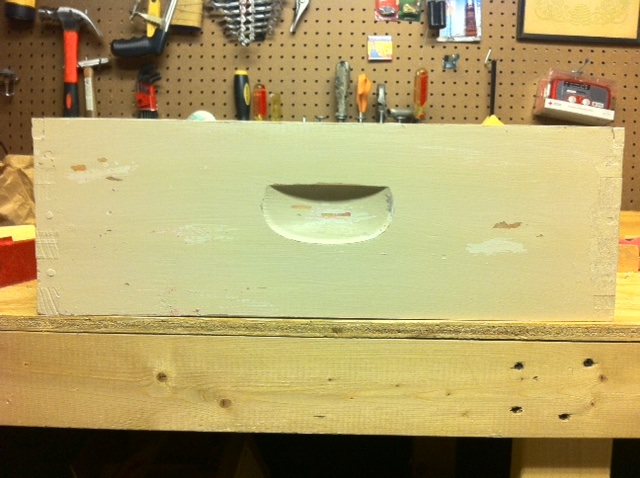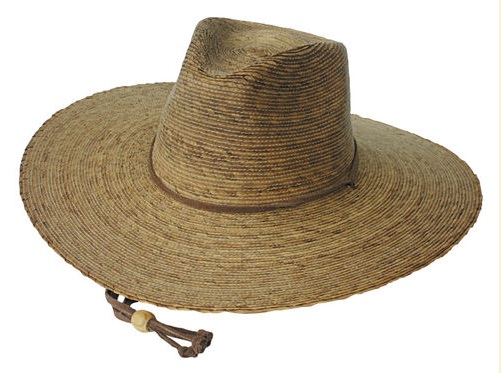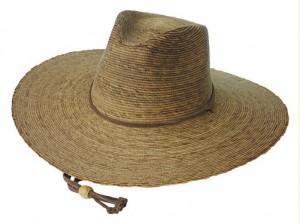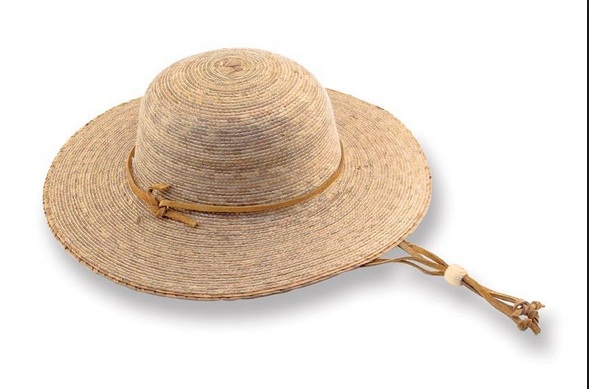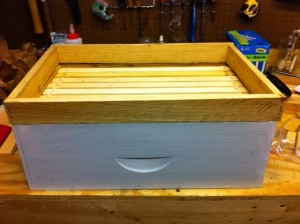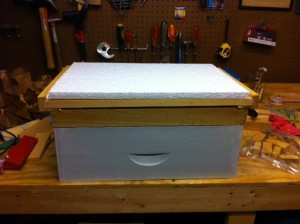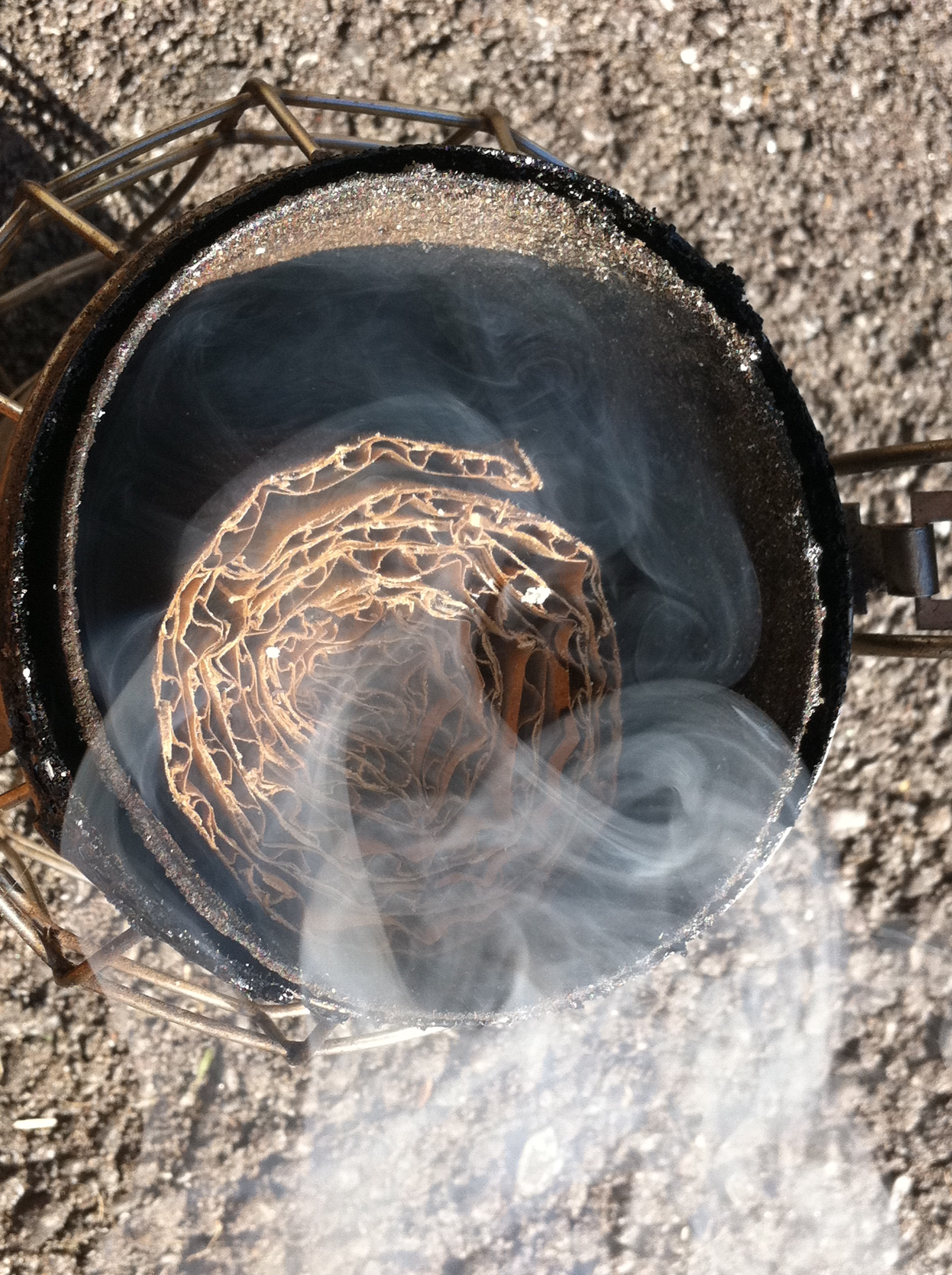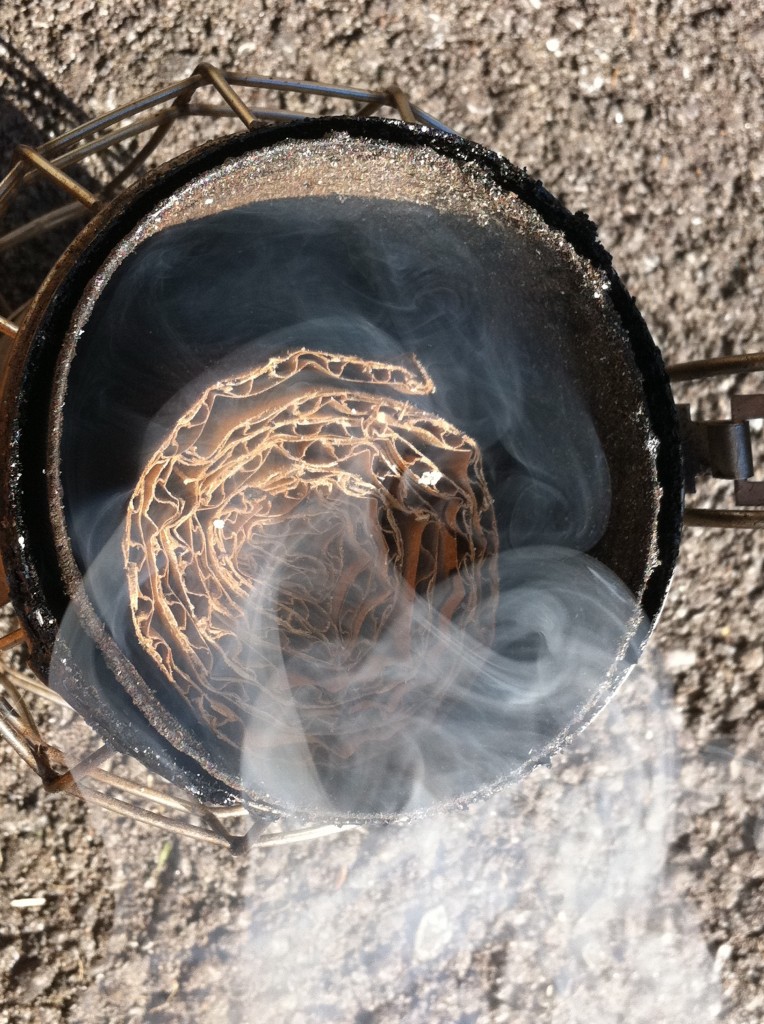UPDATES:
- The guy who wanted bees removed from his reconstruction project called. The general contractor for the job found an exterminator to kill the bees. It’s done.
- So, for $600, the bees were killed. Now the homeowner has to go in and remove comb and whatever honey may remain after robbers (of the honeybee and yellow jacket and hornet and ant varieties) have had their fill.
- Too bad. It would have cost much less to hire me, and even if the bees had died, we’d still have viable comb and edible honey.
- The guy liked me, though, and said he could tell I know what I’m talking about. And I do.
- I ordered my next beekeeping hat. It’s on its UPS way to my head right now.
- And, noooo, I didn’t construct the inner covers for my nuc boxes yesterday. I don’t think I can do it today, either. It’ll have to wait until tomorrow.
- We’re planning on painting the wood floors in our Waco, KY farmhouse. When we were in New Mexico, we saw some painted floors that made me melt with happiness.
- I’ve been practicing the floor-painting technique on bee boxes…good idea, huh? That way, the woodenware is protected with paint, they look awesome, and we can now base our paint-color decision on the resulting boxes…which are made of pine, just as the floors in the farmhouse are pine.
- I’ll show you the results, and then you can paint your floors however you like. :)
- Below is box #1:

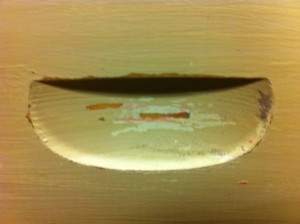
Okay, in real life, these do NOT have a greenish cast. I think that’s coming from the overhead fluorescent lights in the basement (I can’t tell you the trouble I have spelling “fluorescent.” I don’t even know how to get started on it). Bad idea. But it’s dark out right now…maybe later in the day I’ll take this outside and take a picture for you in honest-to-goodness sunlight.
Don’t worry, Reader, we will not choose floors with a greenish cast for the farm. That would be nauseating. Plus, this color is waaay too light for a farmhouse floor. Things get dirty on a farm. For crying out loud…half the time we’re there, we wear muck boots.

